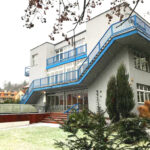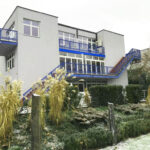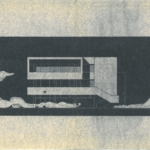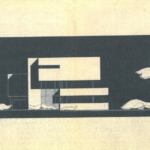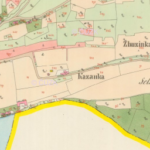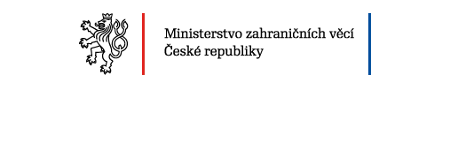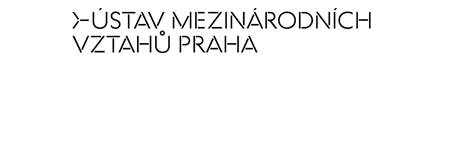Praha 7 – Troja
Prague 7 – Troja is a quiet, green, residential area, located on the banks of the Vltava river. Area offering several important attractions, as the baroque Troja chateau, built in the years 1683 – 1692 by Václav Vojtěch Šternberk, where Czech paintings from the 19th century are exhibited, the landscaped garden in the French style of the chateau, where concerts and wine festivals are held, St.Claire´s vineyard, Prague ZOO and Botanical Garden, which offers, except to the Japanese garden, peony meadow and the tropical greenhouse Fata Morgana, panoramic views.
Kazanka1 is a homestead, in Prague 7 – Troja, in Trojská street, which was built on the original vineyard site, after the Thirty Year’s War, underwent reconstructions in the second half of the 18th century and the 19th century and is protected as a cultural monument of the Czech Republic.
Villa architecture
The investment plan for the construction of a villa was established in 1985, the investor was the Services Management of the Diplomatic Corps, whose task was to provide services to embassies, including requirements for suitable apartments. To ensure this task, the Presidency of the Goverment of the Czechoslovak Socialist Republic adopted, in accordance with the Vienna Diplomatic and Consular Relations in 1970 resolution on the provision of buildings and flats for foreign embassies in the Czechoslovak Socialist Republic.
In accordance with this resolution, the construction of the diplomatic district in Prague 7 – Troja was being prepared (project 1986-1991, realization 1990-1993, architect Jan Bočan, architect Zdeněk Rothbauer) the partial solution of which was the construction of villas in above-standard design in as yet undeveloped gaps in a villa development in the Troja2.
Project of the villa in Nad Kazankou street
The villa is situated on a plot of land, parcel number 321, cadastral area of Troja, in Nad Kazankou Street 620/6, Prague 7-Troja. The Services Management of the Diplomatic Corps (Ing. A. Martínková, Ing. arch. Borovička)3 participated in the elaboration of the project documentation with the Regional Project Institute Prague (director Ing. arch. Zdeněk Kuna, 1924-2019), specifically studio H17, Mladá Boleslav, Ing. arch. František Řezáč (1924-1992)4, head of the architectural studio and Ing. arch. Jiří Štěrba, and team5.
The building permit was issued on January 20, 1986 by the construction department of the District National Committee in Prague 7, the construction was carried out and it was approved and handed over to use in 1989. The project of the villa was designed and implemented, in accordance with the assiggnment, so that the area three above ground floors and one underground floor provided social spaces for the representation of a foreign Embassy and at the same time private spaces for family housing of the head of the Embassy, including sanitary facilities, technical facilities, space for staff connected to the kitchen and dining room by an internal staircase, necessary operating spaces and garage. The villa is surrounded by a landscaped garden with mature shrubs, with direct access from the representative part of the villa. There is a swimming pool in the garden.
Use of the villa
Following the investment plan, villa has been used since 1990 as the residence of the Embassy of the Republic of Tunisia. January 1, 1993, the competence to manage state property passed to the Diplomatic Service, the successor organization of the Services Management of the Diplomatic Corps.
1 Český úřad zeměměřičský a katastrální. Archivní mapy. CPO evid. č. 7983-1, mapový list č. IV, https://archivnimapy.cuzk.cz/coc/7983-1/7983-1-003_index.html
2 Investiční záměr diplomatické vily Troja, Praha 7, Praha 1985, Archiv DS
3 Slovník českých a slovenských výtvarných umělců 1950-2004, Vyd.1.XIII., díl. Ostrava: Výtvarné centrum Chagall, 2004, s.202., Beneš, Luděk, Osobnosti Mladoboleslavska, Mladá Boleslav, Muzeum Mladoboleslavska, 2009, s.181
4 Projekt Diplomatická vila B, na kat. č. 321, Krajský projektový ústav Praha, ateliér H 17, Mladá Boleslav, archiv DS

